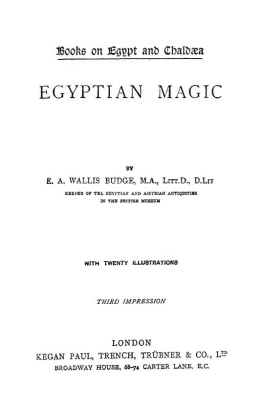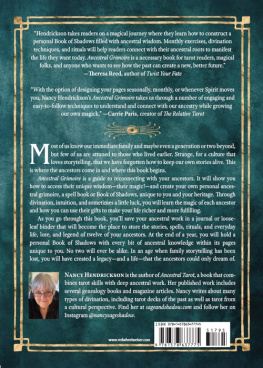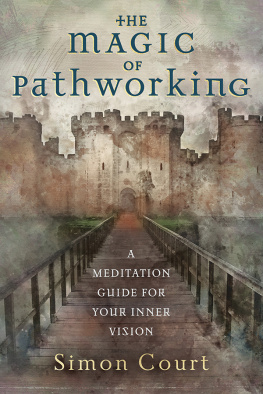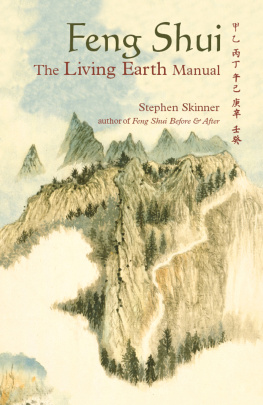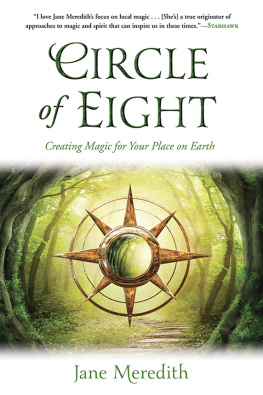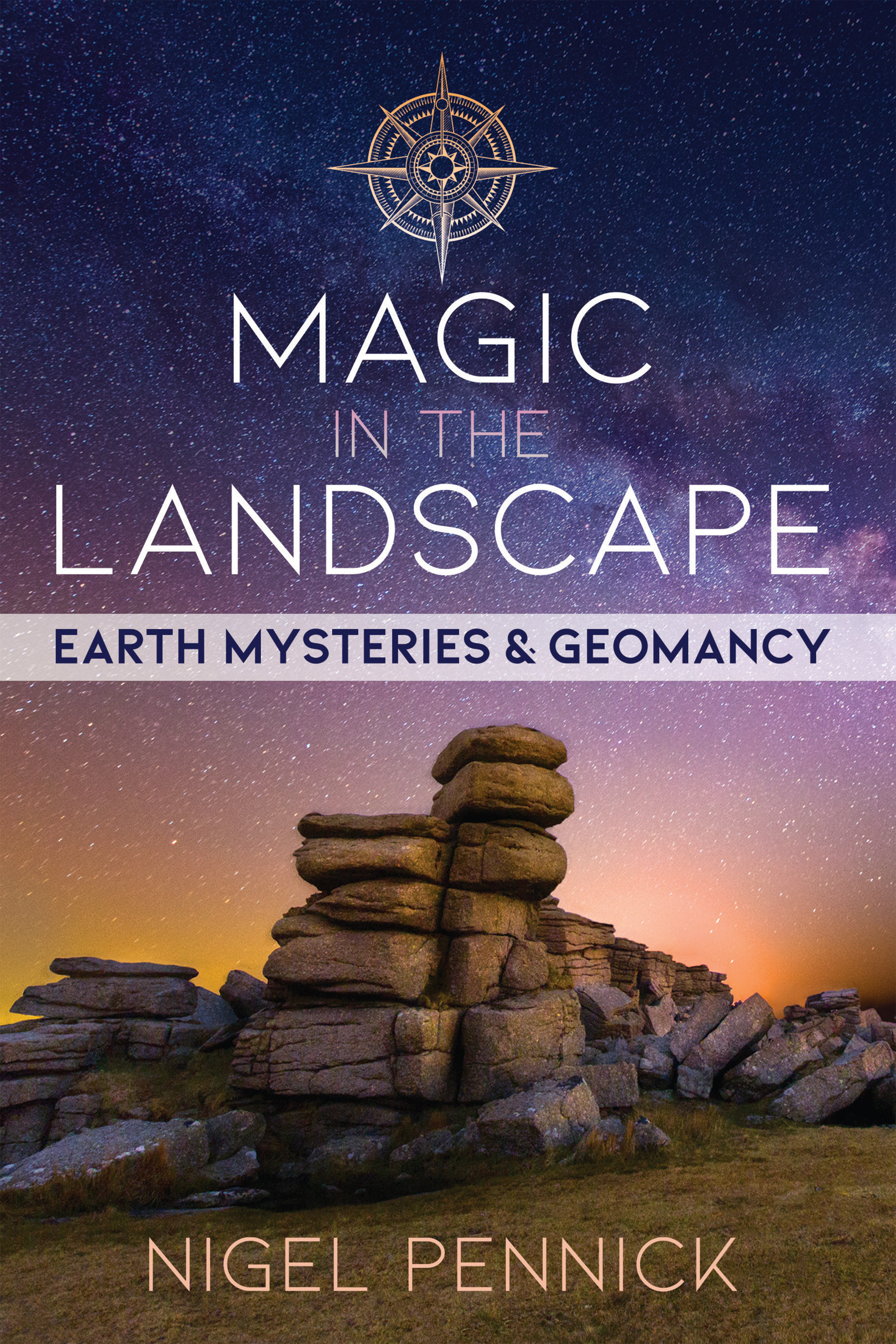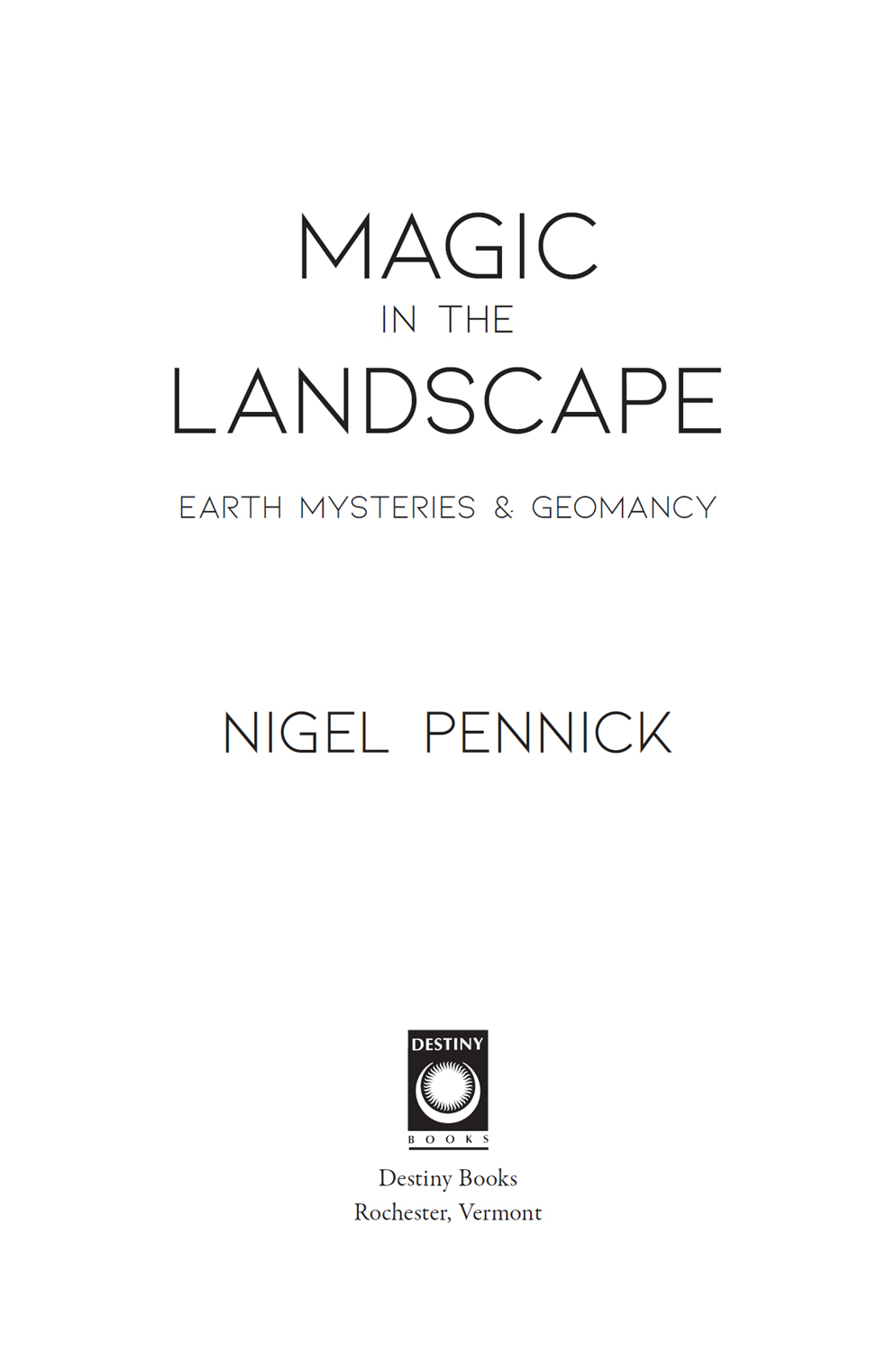Nigel Pennick - Magic in the Landscape: Earth Mysteries and Geomancy
Here you can read online Nigel Pennick - Magic in the Landscape: Earth Mysteries and Geomancy full text of the book (entire story) in english for free. Download pdf and epub, get meaning, cover and reviews about this ebook. year: 2020, publisher: Inner Traditions/Bear & Company, genre: Religion. Description of the work, (preface) as well as reviews are available. Best literature library LitArk.com created for fans of good reading and offers a wide selection of genres:
Romance novel
Science fiction
Adventure
Detective
Science
History
Home and family
Prose
Art
Politics
Computer
Non-fiction
Religion
Business
Children
Humor
Choose a favorite category and find really read worthwhile books. Enjoy immersion in the world of imagination, feel the emotions of the characters or learn something new for yourself, make an fascinating discovery.

- Book:Magic in the Landscape: Earth Mysteries and Geomancy
- Author:
- Publisher:Inner Traditions/Bear & Company
- Genre:
- Year:2020
- Rating:4 / 5
- Favourites:Add to favourites
- Your mark:
Magic in the Landscape: Earth Mysteries and Geomancy: summary, description and annotation
We offer to read an annotation, description, summary or preface (depends on what the author of the book "Magic in the Landscape: Earth Mysteries and Geomancy" wrote himself). If you haven't found the necessary information about the book — write in the comments, we will try to find it.
Details the ancient art of geomancy and Earth magic, including how to work with ley lines, astrology, and the four directions to honor a space and make it a place of power
Explores the magic of the land around us and how our ancestors interacted with Earth energies and the forces of Nature
Discusses the power of boundaries and magic circles, the proper feng shui of graveyards and cemeteries, and magically powerful places such as crossroads, fairgrounds, and the mystic triangles found in no-mans lands
Our ancestors were deeply aware of the magical power of their local landscape, no matter where they lived. Every interaction with their environmentfrom building to farming to the layout of ancient citiestook into account terrestrial energies, ancestral memory, and the many seen and unseen presences in Nature. They developed sophisticated procedures for orienting their living spaces and respectfully working with the magic of the landscape. Yet, much of the art of geomancy and of working with the forces of Nature has been forgotten by modern builders, architects, foresters, gardeners, and homeowners. The treatment of land as mere property has led to a loss of its meaning for those who dwell upon it. Our landscape has become disenchanted.
In this book, geomancy expert and scholar Nigel Pennick details the ancient and sacred practices of geomancy and Earth magic and reveals how we can reenchant and reconnect to the sacred landscape that surrounds us, whether you live rurally, in the suburbs, or in cities. Pennick begins with a vivid look at our modern wasteland and what he calls the ensouled world, with specific examples from Britain and Iceland of our ancestors way of perceiving the world they lived in. Exploring the art of geomancy, he examines how its techniques work with ley lines, astrology, and the old understanding of the four directions and the eight winds to honor a space and make it a place of power. He looks at the power of boundaries and magic circles, including laying ghosts and dismissing spirits, as well as the proper feng shui for cemeteries and graveyards. The author then takes the reader back into the traditional landscape to discuss magically powerful places, such as crossroads, the occult nature of the fairground, and the mystic triangles found in what are popularly known as no-mans lands.
Revealing how the landscape can be reenchanted, Pennick shows how the magic of place is a living system that each of us can interact with.
Nigel Pennick: author's other books
Who wrote Magic in the Landscape: Earth Mysteries and Geomancy? Find out the surname, the name of the author of the book and a list of all author's works by series.

